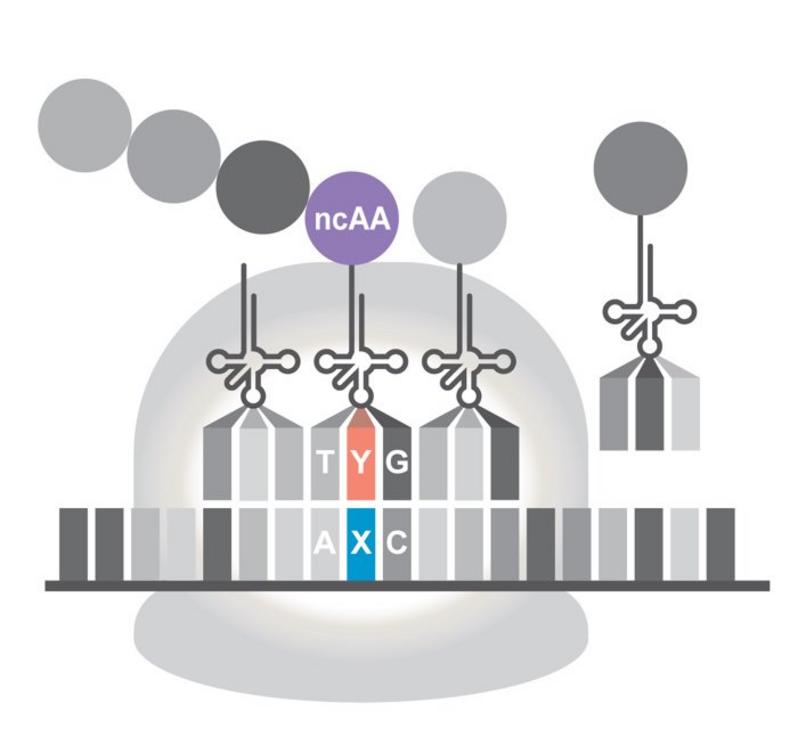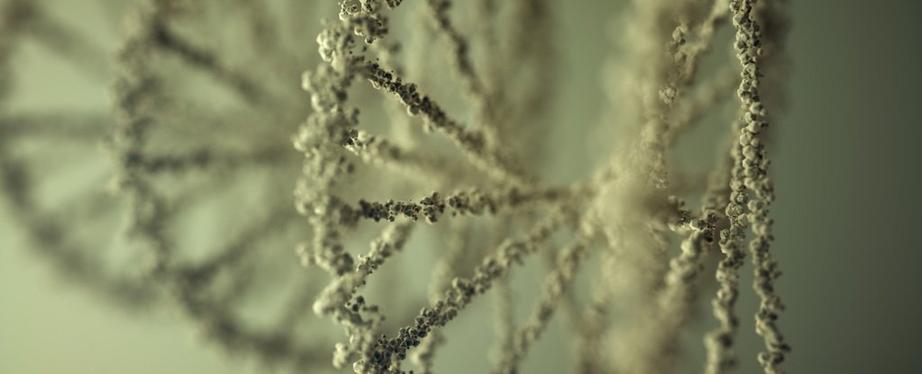New semi-synthetic organism can make molecules we've never seen before
We have expanded the DNA.
Scientists have expanded the building blocks of DNA to create a stable semi-synthetic organism that can produce biological compounds entirely new to nature.
The DNA that makes up essentially all living things on Earth consists of arrangements of four basic nucleotides, but the new life-form developed by researchers in the US makes use of six – and that's where things get interesting.
The semi-synthetic organism (SSO) engineered by a team at the Scripps Research Institute in California is made from the same four regular nucleobases as you and I – adenine (A), cytosine (C), guanine (G), and thymine (T) – but it's also got two unnatural nucleotides to call upon.
This effectively gives it two additional letters – X and Y – to make up its DNA base pairs: the rungs of the ladder that hold the DNA helix spirals together.
In 2014, members of the same research team engineered this kind of synthetic DNA base pair and showed that it could be incorporated into a modified form of E. coli bacteria.
In doing so, they created the first living organism with extra letters in its DNA alphabet – giving it an expanded genetic code that could hypothetically enable new kinds of biological processes.
But there was a problem – stability. While the semi-synthetic organism could hold onto its unnatural nucleotides, it couldn't maintain them indefinitely during cell division.
"Your genome isn't just stable for a day," senior researcher Floyd Romesberg explained earlier in the year.
"Your genome has to be stable for the scale of your lifetime. If the semisynthetic organism is going to really be an organism, it has to be able to stably maintain that information."
As a workaround, the team devised a way for the semi-synthetic organism to successfully hold onto its unnatural X and Y base pair – thanks to a new nucleotide transporter to enable better DNA replication, an optimised Y molecule, and a refined engineering system making use of CRISPR-Cas9.
The result, unveiled in January, was the first stable organism formed using the expanded 6-letter genetic code.

(Adapted from image created by Dennis Sun, Mezarque Design)
Now, in a new study published today, the team is announcing further improvements to this kind of molecular stability, with a semi-synthetic bacterium that can transcribe and translate its unnatural X and Y nucleotides with the same efficiency as the natural A, C, G, and T nucleotides.
Via a new transcription process, the organism can synthesise proteins containing the non-canonical amino acids (ncAAs), and the process could shed light on new ways of replicating molecules with less reliance on hydrogen bonds.
"Remarkably, this reveals that for every step of information storage and retrieval, hydrogen bonds, so obviously central to the natural base pairs, may at least in part be replaced with complementary packing and hydrophobic forces," the team explains in the paper.
"Despite their novel mechanism of decoding, the unnatural codons can be decoded as efficiently as their fully natural counterparts."
The byproducts are the first of a new generation of semi-synthetically derived proteins that we've never seen before in nature, thanks to their stable and indefinite incorporation of the unnatural base pair (UBP).
"We have examined the decoding of only two unnatural codons, but the UBP is unlikely to be limited to these," the researchers explain.
"Thus, the reported SSI is likely to be just the first of a new form of semi-synthetic life that is able to access a broad range of forms and functions not available to natural organisms."
Where exactly this leads for now is uncertain, but it's pretty clear the complexity of life on Planet Earth just took a big step forward. Watch this space.
For the rest of this article please go to source link below.

